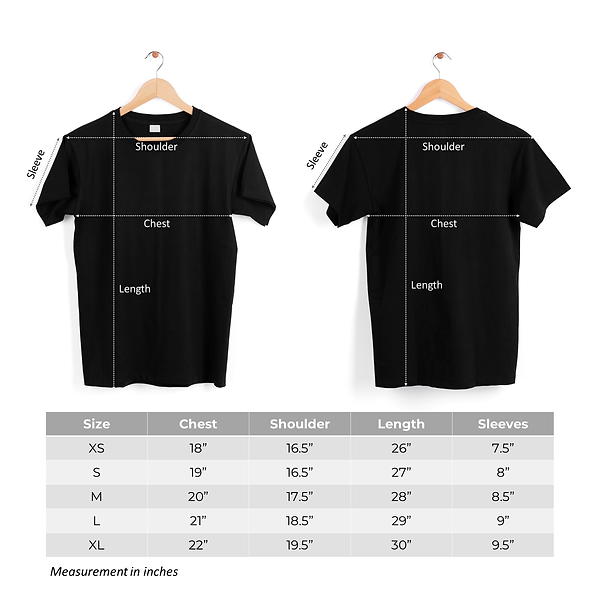The Cross: From Execution Tool to Sacred Symbol
This ancient symbol’s journey through history reveals how a brutal instrument of death became one of humanity’s most recognizable icons of faith, hope, and cultural identity.
Historical Transformation
| Period | Significance | Cultural Impact |
|---|---|---|
| Pre-Christian Era | Roman execution device | Symbol of shame and punishment |
| Early Christianity | Secret symbol of faith | Used covertly by persecuted believers |
| Post-Constantine | Imperial Christian emblem | Public display in churches and art |
| Modern Era | Universal religious symbol | Appears in jewelry, flags, and architecture |
Theological Meanings
- Sacrifice: Represents Christ’s crucifixion and atonement
- Victory: Symbolizes triumph over sin and death
- Love: Embodies divine love through Jesus’ sacrifice
- Hope: Points to resurrection and eternal life
Cross Variations and Their Significance
- Latin Cross: Most common Christian form
- Greek Cross: Equal arms, used in Eastern Orthodoxy
- Celtic Cross: Combines cross with solar circle
- Ankh: Ancient Egyptian symbol of life
- Cross of Lorraine: Associated with French resistance
Interfaith Perspectives
- Christianity: Central symbol of faith and worship
- Islam: Recognizes Jesus as prophet but rejects crucifixion
- Judaism: Historically associated with persecution
- Secular Use: Medical symbol (Red Cross), mathematical notation
Cultural Impact and Controversies
The cross remains both a unifying symbol and occasional source of tension:
- Featured in national flags (Switzerland, Sweden, etc.)
- Subject of legal battles regarding public displays
- Used in fashion sometimes divorced from religious meaning
- Appears in diverse art forms across civilizations
Key Historical Moments
- 312 AD: Constantine’s vision before Battle of Milvian Bridge
- 4th Century: Crucifixion abolished as execution method
- Middle Ages: Crusaders adopted cross as military symbol
- Reformation: Protestants simplified cross imagery
Enduring Significance
Today, the cross continues to:
- Serve as Christianity’s most recognizable emblem
- Inspire countless works of art and architecture
- Facilitate interfaith dialogue about shared symbols
- Remain a powerful personal symbol for believers

